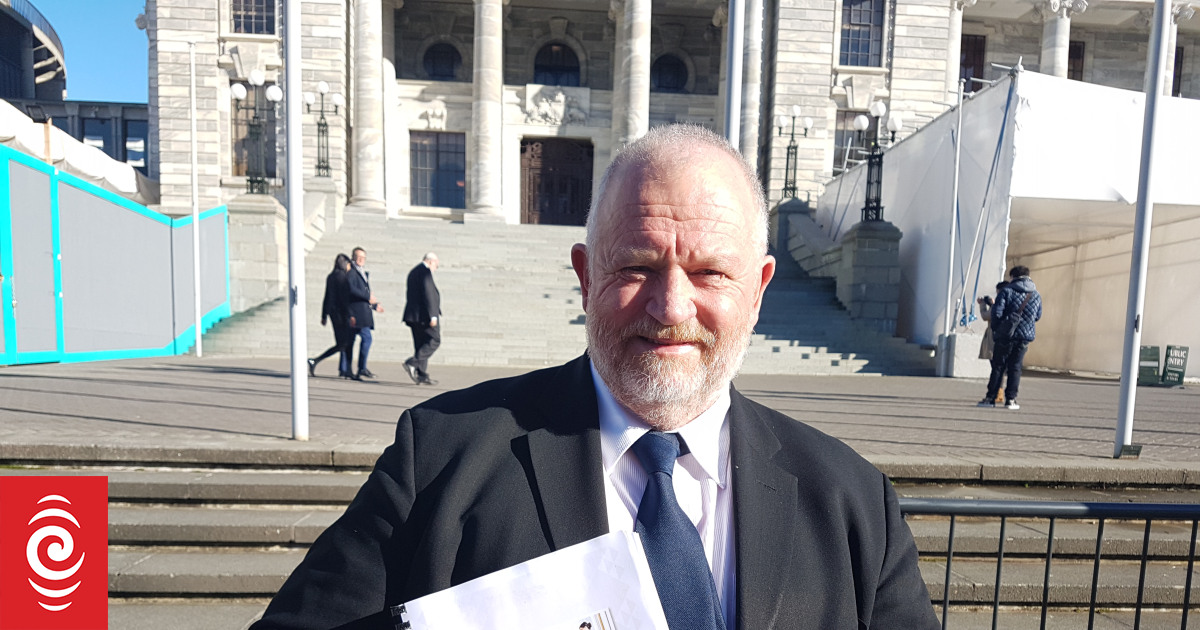Around the same time, Kerikeri recorded 3.6C, Kaikohe 3.9C and Kaitaia 4.5C, all well below the monthly average low.
Makgabutlane said there were two main reasons for the cold air.
‘’Earlier this week we had a front moving over the country from the south, which is is bringing very cold air. Then there are no clouds to act as a blanket and keep the warmth in,’’ she said.
‘’So all the warmth that is in the earth from the day is lost. Then just before sunrise is the coldest time of the day and those [two reasons] have made the difference. It’s happened at the time when people are getting up and going to work or school so we notice it more.’’
Makgabutlane said the weekend was likely to bring only slightly higher minimum temperatures, with showers possible on Saturday and Sunday.
‘’But it’s likely to still be pretty chilly in the mornings while the daily high temperatures will be 13C to 14C on Saturday and 14C-15C on Sunday. So it’s going to be brisk out there so whatever people have been doing these past two days to keep warm, they should keep doing them over the weekend.’’
Those in Northland or preparing to travel north should “bundle up for a cold weekend”, she said, as cold temperatures are set to continue.
The pay off for the cold, clear, chilly nights, she said, was that the day was nice and sunny.
A Northpower spokesperson said the cold morning saw power usage soar by about a quarter. The company said loads were high this morning with close to 100MW of electricity consumed – about about 20MW more than normal at this time of year.
The cold weather has meant electricity demand is high across the country.
Far North lines company Top Energy said Friday morning’s peak usage was 74.4MW – the highest year to date.
With the temperatures so low it could affect people’s gardens and plants, and the key was to grow what is best for your particular area, Whangārei Growers’ Market co-founder Robert Bradley said.
Cauliflower, broccoli, silverbeet and spinach were generally the best winter crops for the north.
‘’Northland is incredibly variable and it depends where you are on what is best to grow. For example, Kauri, in Whangārei gets a lot more frosts than other parts of Whangārei and far more than we do here in North Hokianga, so you need more frost-resistant crops there,’’ Bradley said.
So what grows well in one area may not in another and Bradley said people should talk to other locals, or a gardening expert, to find out what will work for them.
‘’That’s a fatal mistake for new growers. They want to grow what they think will be profitable, but then find that it’s not the right crop for that area and it doesn’t come off.
‘’But the biggest problem in Northland is plants drowning. So plant in lighter soil at this time that drains well so the water doesn’t sit on the ground. Any plant can drown, no matter how frost resistant it is, it can’t survive the water.’’
COLD WEATHER TIPS:
Iced windscreen:
Do use cold or lukewarm water to quickly remove frost or snow from your windscreen. Don’t use hot or boiling water as the rapid change in temperature can cause the glass to crack. Do turn on your car’s heating, including the front and rear windscreen heaters, and turn on the air conditioner if you have one.
Plants:
Northland is variable and what grows well in one area won’t in another. Chose plants that that will grow well in your area. Talk to neighbours or your local garden centre to find out what’s best for your area.
Out and about:
Look for fabrics like fleece, wool, and flannel to help you stay warm. Sturdy, thick materials like these are ideal for a middle layer because they’ll keep you warm but they’re breathable, so you’re less likely to get overheated.



